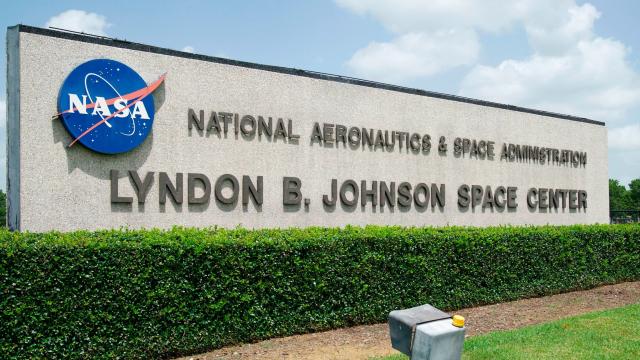In a new paper this week, researchers are making a novel argument: Cancer patients undergoing chemotherapy and astronauts in space suffer similar health problems—including bone and muscle loss—and as such could benefit from similar training regimens.
Author Jessica Scott, a senior scientist at the NASA Johnson Space Centre who’s studied how spaceflight affects the human body, said the genesis of the paper came during an academic conference. She met a fellow scientist who studied cancer, and as they got to talking, they realised how eerily similar the experiences of NASA astronauts up in space and cancer patients on chemotherapy and radiation were.
“Both astronauts and cancer patients are exposed to what we call ‘multiple hits,’” Scott told Gizmodo via email.
Both groups, she noted, can have baseline risk factors that influence how well they respond to space or cancer treatment, such as high blood pressure. And both the harsh environment of space as well as chemotherapy can directly and indirectly affect the body from head to toe. Astronauts can’t really stand up in space due to microgravity, for instance, while a patient’s treatment regimen can make them fatigued and sedentary.
“When you put these multiple hits together, almost every system in the body is impacted. For example, astronauts experience something called ‘space fog,’ which is similar to what cancer patients call ‘chemo brain,’ and both astronauts and cancer patients may have decreases in bone, muscle, and heart size.”
In their paper, published in Cell on Thursday, Scott’s team also cited evidence showing that both groups experience a similar drop in their ability to breathe and pump blood throughout the body, otherwise known as decreased cardiorespiratory fitness.
For decades, NASA has meticulously studied how the rigors of space can break down the body (even on a genetic level). As a result, scientists like Scott have developed a countermeasures program to stave off these effects—most prominently, an exercise regimen for their astronauts before, during, and after a mission. But while cancer therapies have become more effective and less toxic over the years, exercise often isn’t part of the recommended treatment plan. And many patients might not even know that exercise would be helpful for them.
[referenced url=” thumb=” title=” excerpt=”]
Scott and her co-authors aren’t advocating that every cancer patient necessarily run a triathlon. Currently, patients with conditions that need longer-term management like cancer are advised to exercise three to five days a week, anywhere from 20 minutes to a hour, doing activities that raise their heart rate between 55 per cent to 75 per cent of their typical max.
But any exercise plan for cancer patients, much like they are for NASA astronauts, needs to be personalised, “just like patients receive different types, doses, and schedules of chemotherapy,” Scott said.
It isn’t just NASA’s love of exercise that Scott’s team is hoping to translate to cancer care. They also think more research needs to be done to characterise the harsh side-effects chemotherapy can cause throughout a person’s treatment course, not just at one point in time, like at the end of therapy. The more information we have about these “therapy-related toxicities,” Scott said, the more likely we’ll be able to prevent them from causing irreversible damage to patients.
Few habits and practices change in medicine without lots of evidence, though. To that end, Scott and her co-authors are already testing out what they’ve preached in their ongoing clinical trials with cancer patients.
“For example, we are using certain assessments that are identical to those used in astronauts, such as assessing cardiorespiratory fitness. We also started delivering treadmills to patients’ homes and conducting supervised exercise sessions from our ‘mission control’ at Memorial Sloan Kettering Cancer in Manhattan with video conferencing, just as astronauts hundreds of miles above Earth have exercise prescriptions delivered,” Scott said.
This approach, she added, will also need to be compared to the current standard of care.
